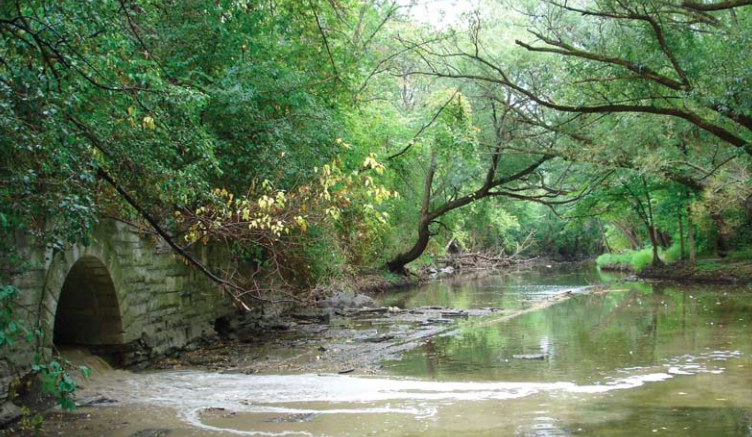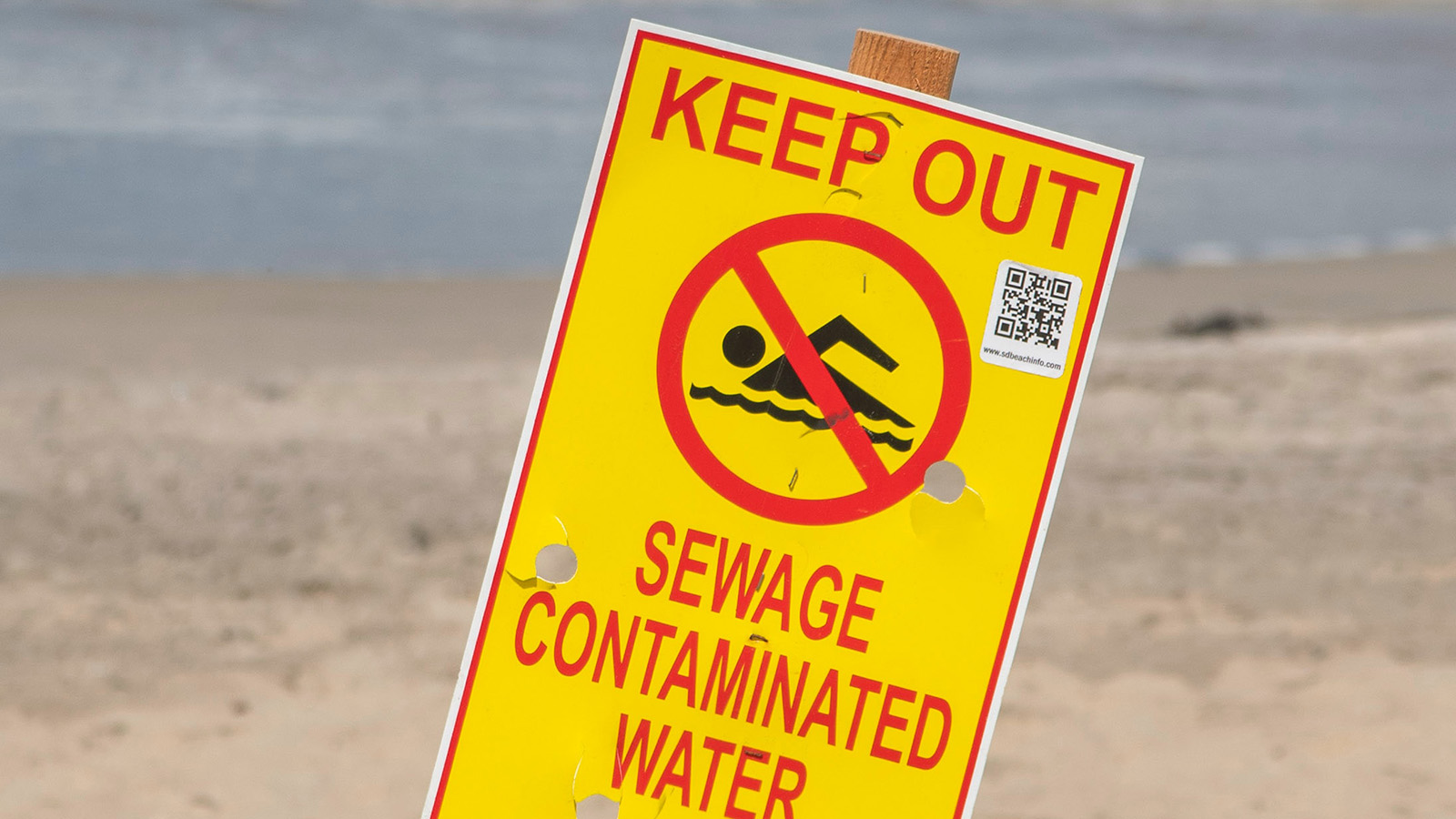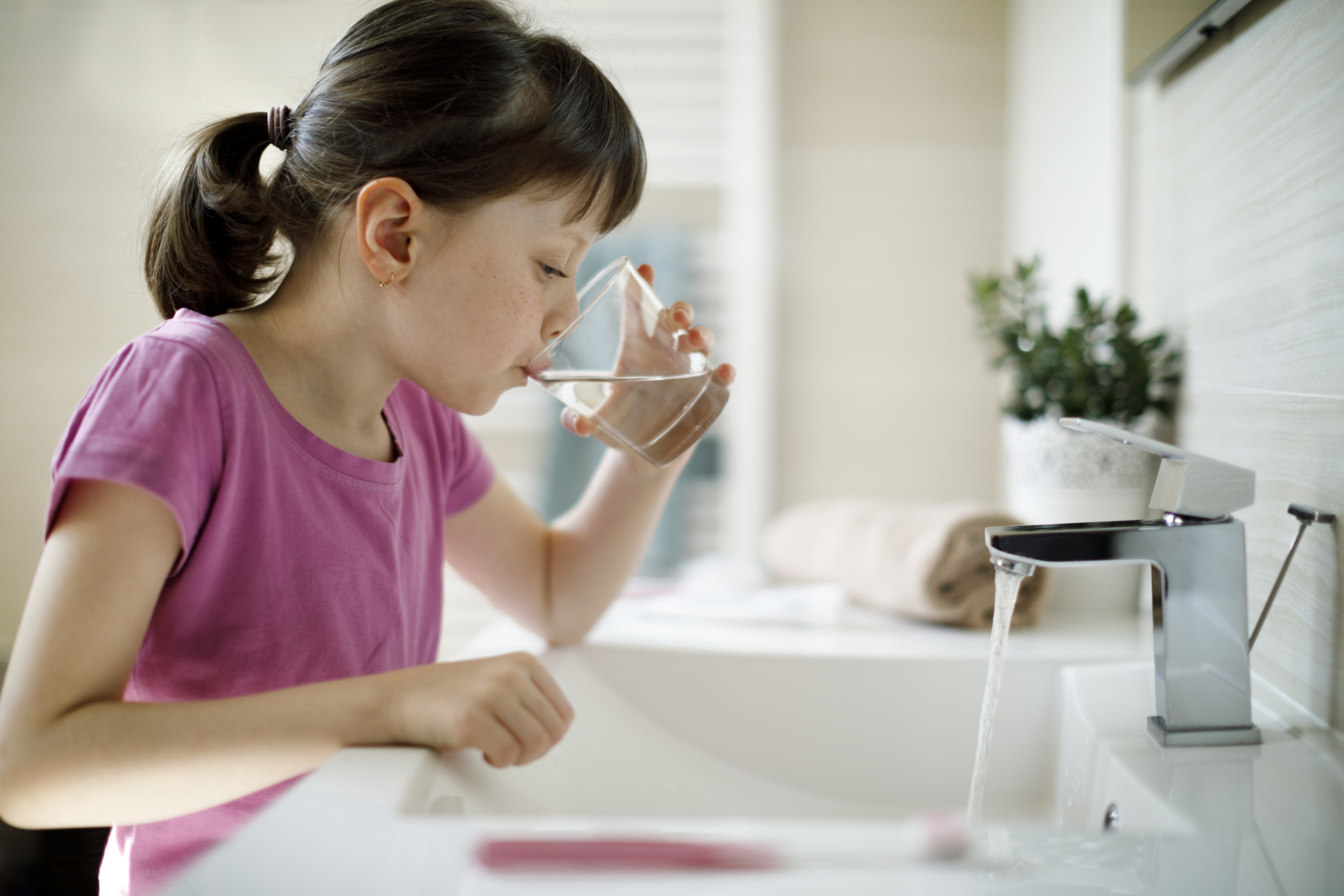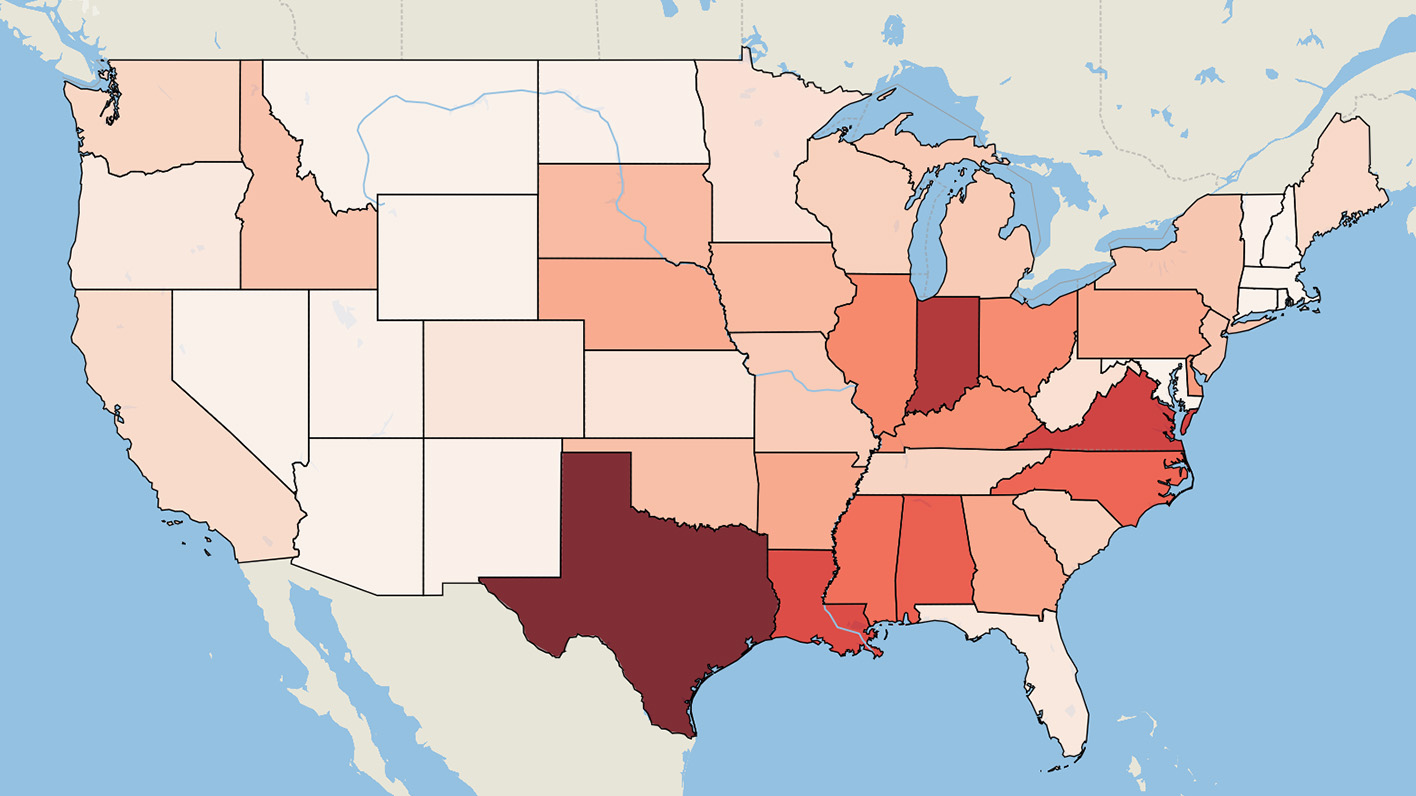
Wisconsin’s Lakes at Risk
Runoff pollution from farms and urban areas threatens water quality in waterbodies across Wisconsin. Wisconsin's Lakes at Risk documents how manure-tainted runoff from the state's growing number of factory farms, and construction and development in urban areas are adversely affecting Wisconsin's lakes and rivers.

Downloads
Runoff pollution from farms and urban areas threatens water quality in waterbodies across Wisconsin. Bacteria at beaches, toxic algae in lakes, and sediment in streams can make the water unsafe for drinking, swimming and boating, and limit aquatic plant and animal life.
The problem of manure-tainted runoff from factory farms presents a growing challenge to water quality in Wisconsin as the number of large animal-feeding operations increases. In urban areas of the state, development and construction continue to add impervious surfaces that increase the volume of unfiltered runoff entering lakes and rivers.
Wisconsin should provide adequate funding to implement new rules limiting runoff pollution into the state’s lakes, rivers and streams.
Polluted runoff is responsible for much of the poor water quality across the state.
- Rain or melting snow that isn’t absorbed into the ground runs off of paved areas or saturated soil into nearby streams, rivers and lakes—carrying with it a variety of pollutants, such as fertilizers, animal wastes and sediment.
- Runoff pollution contributes to the fact that 380,000 acres of Wisconsin’s lakes and reservoirs and more than 3,300 miles of streams and rivers are polluted and unable to support all the activities for which we rely on water: swimming, fishing, and supporting wildlife.
A rapid increase in the number of concentrated animal feeding operations (CAFOs), which generate large amounts of manure, has increased the threat of runoff pollution.
- The number of CAFOs in Wisconsin has increased 16-fold in the past 15 years, from 10 in 1995 to almost 160 in 2010.
- More than 50 facilities keep at least 2,000 cows in one location, with each cow producing as much as 150 pounds of manure a day.
- Farmers must dispose of these huge volumes of manure. Manure is an effective fertilizer for crops, but excessive amounts applied to a field can run off into nearby streams.
Urban stormwater pollution, another major pollution source, comes from sites under construction and existing developments.
- Construction sites are responsible for more sediment pollution of Wisconsin’s waters than any other source. The average construction project loses 30 tons of sediment per acre.
- From 2002 to 2007, 169,000 acres of land were developed in Wisconsin—more land than the combined areas of Milwaukee, Madison and Green Bay—disturbing soil and creating sediment pollution.
- When construction is complete, hard surfaces like rooftops and driveways funnel rain and melting snow directly to waterways without any natural filtering through vegetation. High volumes of runoff pollution during heavy rainfall can overwhelm sewer systems, spilling raw sewage directly into waterways.
Algae blooms change the ecology of lake and rivers, harming recreation and damaging wildlife.
- Blooms of algae can block sunlight from reaching other aquatic vegetation, killing native plants.
- When the algae die and begin to decay, they lower the amount of oxygen in the water, suffocating fish or causing them to flee. Nutrient pollution limits fish and other aquatic life in more than 220,000 acres of freshwater lakes and reservoirs in Wisconsin.
- Blue-green algae release a toxin that is harmful and potentially deadly for people who ingest tainted water. When blue-green algae are present, water is unsafe for swimming and other recreational purposes. Approximately 90 percent of recreation-related impairments of Wisconsin lakes and reservoirs, including Tainter Lake, are due to blooms of blue-green algae.
Sediment pollution reduces the ability of a waterway to support a full, diverse and healthy range of wildlife.
- Turbidity—high levels of suspended sediment or algae—is a problem in 150,000 acres of lakes, including the Chetek lakes.
- Runoff kills sensitive plants and animals and leaves waterways able to support only a narrow range of pollution-tolerant species, as has occurred in Lake Mendota.
Bacteria-laden runoff can make waters unsafe for recreational uses.
- In 2009, 7 percent of water samples collected at the most popular Great Lakes beaches in Wisconsin had excessive levels of bacterial pollution and beaches were closed or deemed risky for recreation 401 times.
Wisconsin needs stronger rules to curb runoff pollution into lakes, rivers, streams and aquifers, preserving clean drinking water supplies, protecting favorite swimming and boating sites, and sustaining healthy fish and wildlife populations. In the past several years, Wisconsin has taken several steps to limit pollution. Towns and cities have had to cut sediment pollution in stormwater runoff. Farmers must comply with some restrictions on how manure is stored and applied to fields. Most recently, the state adopted a range of new standards to limit pollution from agricultural and municipal sources. To ensure the success of these new standards and to further protect the state’s waters, Wisconsin should:
- Provide adequate resources for state and county agencies to implement these stronger standards protecting Wisconsin’s valuable lakes, rivers and streams. The state should also increase the amount of funding available to help cover the state’s share of capital improvements made by farmers to control pollution.
- Minimize urban and suburban runoff through careful site design, landscaping, and redevelopment policies.
- Reduce pollution from suspended solids in stormwater runoff.
Topics
Authors
Elizabeth Ridlington
Associate Director and Senior Policy Analyst, Frontier Group
Elizabeth Ridlington is associate director and senior policy analyst with Frontier Group. She focuses primarily on global warming, toxics, health care and clean vehicles, and has written dozens of reports on these and other subjects. Elizabeth graduated with honors from Harvard with a degree in government. She joined Frontier Group in 2002. She lives in Northern California with her son.
Find Out More

Good intentions, bad outcomes. Six ways impervious surfaces harm our cities and the environment

Safe for Swimming?

The Threat of “Forever Chemicals”

